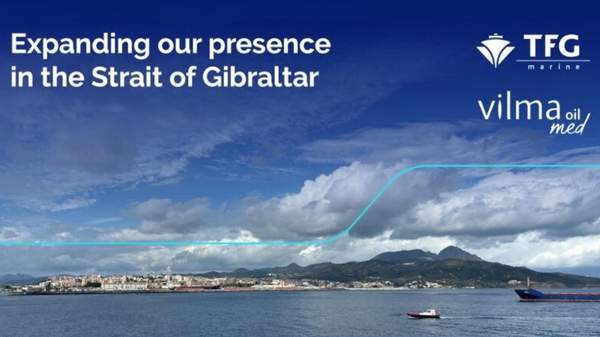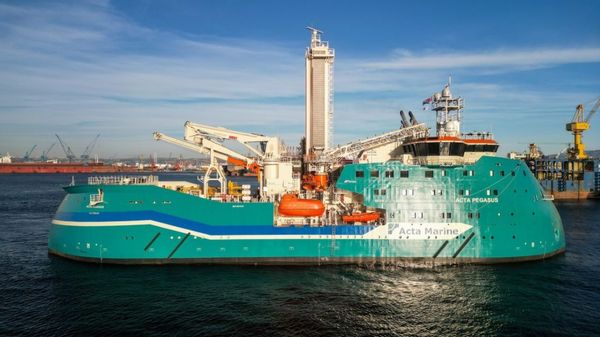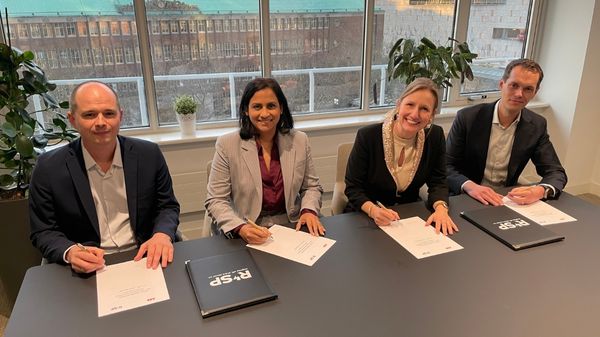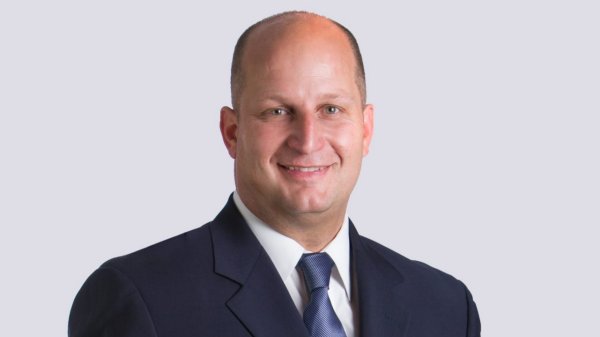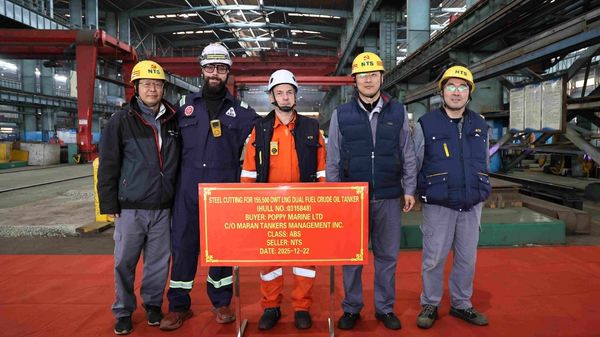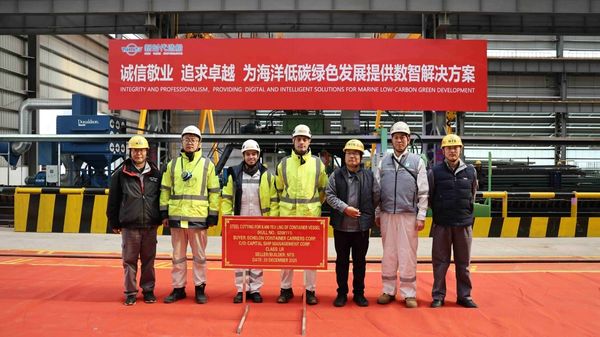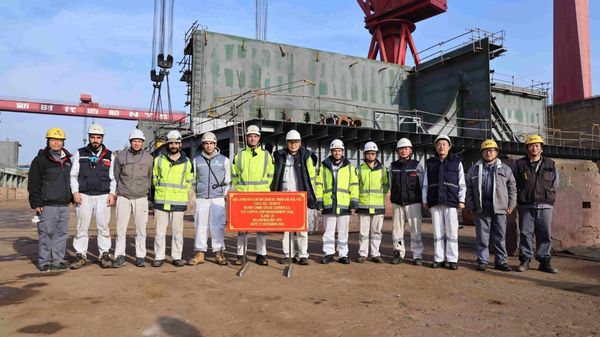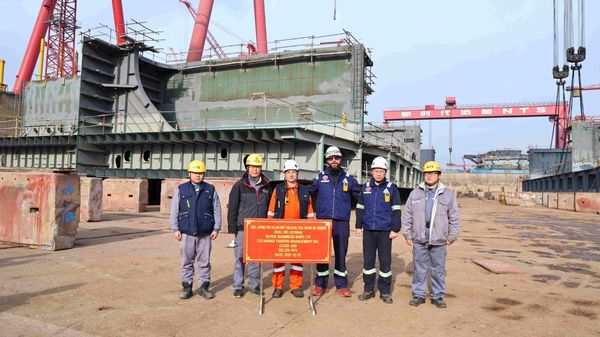Vessel operating costs are expected to be higher in both 2017 and 2018, according to the latest survey by international account and shipping consultant Moore Stephens.
In the survey, which is based on responses from key players in the international shipping industry (predominantly shipowners and managers in Europe and Asia), ship operating costs are forecast to rise by
2.1% in 2017 and by
2.4% in 2018, whilst the increase in expenditure for
marine lubricants is expected to be
1.6% - both this year and next.
The
higher cost of regulatory compliance was referenced by a number of respondents, one of whom said: "New regulations are certainly going to have a major impact on our operating costs."
Elsewhere it was noted: "Retrofitting vessels with technology which has not been fully vetted for compliance with existing and new regulation can destroy cashflow."
Richard Greiner, Moore Stephens Partner, Shipping & Transport, remarked: "It is significant that, for the first time, new regulations were included in the list of factors which respondents could cite as most likely to influence the level of operating costs over the next 12 months. It was even more significant, perhaps, that
15% of respondents did indeed identify the cost of regulatory compliance as a major consideration when weighing future operating cost increases."
"Tellingly, one respondent referred to new regulations which '
most of the time are unclear and indefinite'," Greiner added.
Sectors
The predicted overall cost increases were highest in the
offshore sector, where they averaged 4.8% and 3.8% respectively for 2017 and 2018. By way of contrast, predicted cost increases in the
container ship sector were just 1.1% and 0.8% for the corresponding years.
Operating costs for
bulk carriers, meanwhile, are expected to rise by 1.9% in 2017, and by 2.4% the following year, while the corresponding figures for
tankers are 2.1% and 2.7%.
Cost categories
Repairs & maintenance and
spares are the cost categories which are likely to increase most significantly in each of the two years.
The cost of repairs & maintenance is expected to increase by 2.0% in both 2017 and 2018, while expenditure on spares is predicted to rise by 2.0% in 2017 and by 1.9% in 2018.
Drydocking expenditure, meanwhile, is expected to increase by 1.7% and 1.8% in 2017 and 2018 respectively.
The cost of hull and machinery
insurance is predicted to rise by 0.5% and 1.0% in 2017 and 2018 respectively, while for P&I insurance the projected increases are 0.7% and 1.1% respectively.
One respondent commented: "We do not expect income to increase significantly over the next 12 months, which in turn will limit the available budget for operating expenses." Other respondents, too, expressed doubts about factors which are likely to constrain their earning capacity at a time when operating costs are increasing. Areas of concern included continued
tonnage overcapacity and the
cost of finance.
One respondent said: "Excess capacity, and the amalgamation and acquisition of existing operators and assets, could lead to a market which is shared by a small number of operators." Another complained, "Over-supply of tonnage, most notably that built in China, has caused a significant fall in charter hire."
Respondents were asked to identify the three factors that would most affect operating costs over the next 12 months., Overall, 21% of respondents (similar to last year's survey) identified
finance costs as the most significant factor, followed by
crew supply, which stood at 19% and displaced
competition in second place.
Demand trends and
raw material costs, meanwhile, shared fourth place at 10%, with
labour costs fifth at 9%, all significantly down on the figures in last year's survey, which were respectively 17%, 11% and 13%.
Overview
Greiner said: "The predicted 2.1% and 2.4% increases in operating costs for 2017 and 2018 respectively compare to an average fall in actual operating costs in 2016 of 1.1% across all main ship types recorded in the recent Moore Stephens OpCost study.
"One year ago, expectations of operating cost increases in 2017 averaged 2.5%, so the fall now in that expectation to 2.1% must be regarded as good news. Predicted increases in operating expenditure are a matter of concern for any industry, and particularly one such as shipping in which a range of factors have conjoined in recent years to inhibit (and, in some cases, eradicate) profit margins. But shipping has seen a lot worse. If it does transpire that operating costs rise by 2.4% in 2018, for example, that will still be less than one-sixth of the actual operating cost increases absorbed by the industry ten years previously."
"The fact that repairs & maintenance and spares emerged as the items with the largest projected cost increases in both 2017 and 2018 was perhaps unsurprising in that they are two items of expenditure on which owners and operators might conceivably have economised or delayed in previous years, and such economies cannot be sustained over longer periods without impacting safety.
"Elsewhere, there were some interesting predicted cost increases in the individual market sectors. The offshore industry, for example, is predicted to be facing increases of 3.5% in crew wages for 2018, compared to the 1.4% predicted for bulkers and the 0.7% for container ships. Indeed, the offshore sector is facing the biggest increases in operating costs in the next two years in every category of expenditure covered by the survey.
"Offshore is going to be a challenging sector for operators and investors alike for some time to come, and the survey reveals exactly why a year can be a long time in shipping. In last year's Future Operating Costs report, the container ship sector led the way in terms of the highest predicted overall cost increases for 2016 and 2017, with the offshore sector returning the lowest figures. Now, the position is completely reversed, with container ships expected to have to bear increased costs in 2017 which are little more than one-fifth of those expected to be encountered by offshore operators.
"It was evident from the responses to our survey that the shipping sector is concerned about the conflation of higher operating costs and the potential reduction in revenue earning opportunities which it faces over the next two years. As one respondent succinctly observed: "The problem with shipping is not so much costs, but income." There is certainly some truth in that. Shipping has gone through - and is still navigating - a prolonged downturn. It is a cyclical industry, but cycles imply movement both up and down, and there has not been enough of the former in recent years. The cyclical nature of the industry also increases volatility in the likes of charter rates and vessel values which may adversely affect earnings.
"There is however, evidence to support the view that an appetite still exists for ongoing investment from both traditional and external investors, supported by a number of recent indicators of positive sentiment. This is in an industry whose attractions currently include low prices and comparatively limited ordering of new tonnage. That is good news, because it is such investment that shipping will need if it is to meet the rising cost of operating in the industry."

